Facials are a relaxing and skin rejuvenating experiences that many women love. But there’s a less glamorous and more painful element to facials that no one tells you about — facial extractions.
Now that there are entire television shows dedicated to the art of pimple popping, facial extractions are being discussed in the mainstream.
If you go to a salon for a facial treatment, chances are you will need at least one facial extraction, especially if it’s your first facial. Facial extractions are a crucial step in cleaning pores for healthy, fresh-looking skin. What can you expect from this part of the facial? Here is a breakdown of everything you need to know about facial extractions.
What are facial extractions?
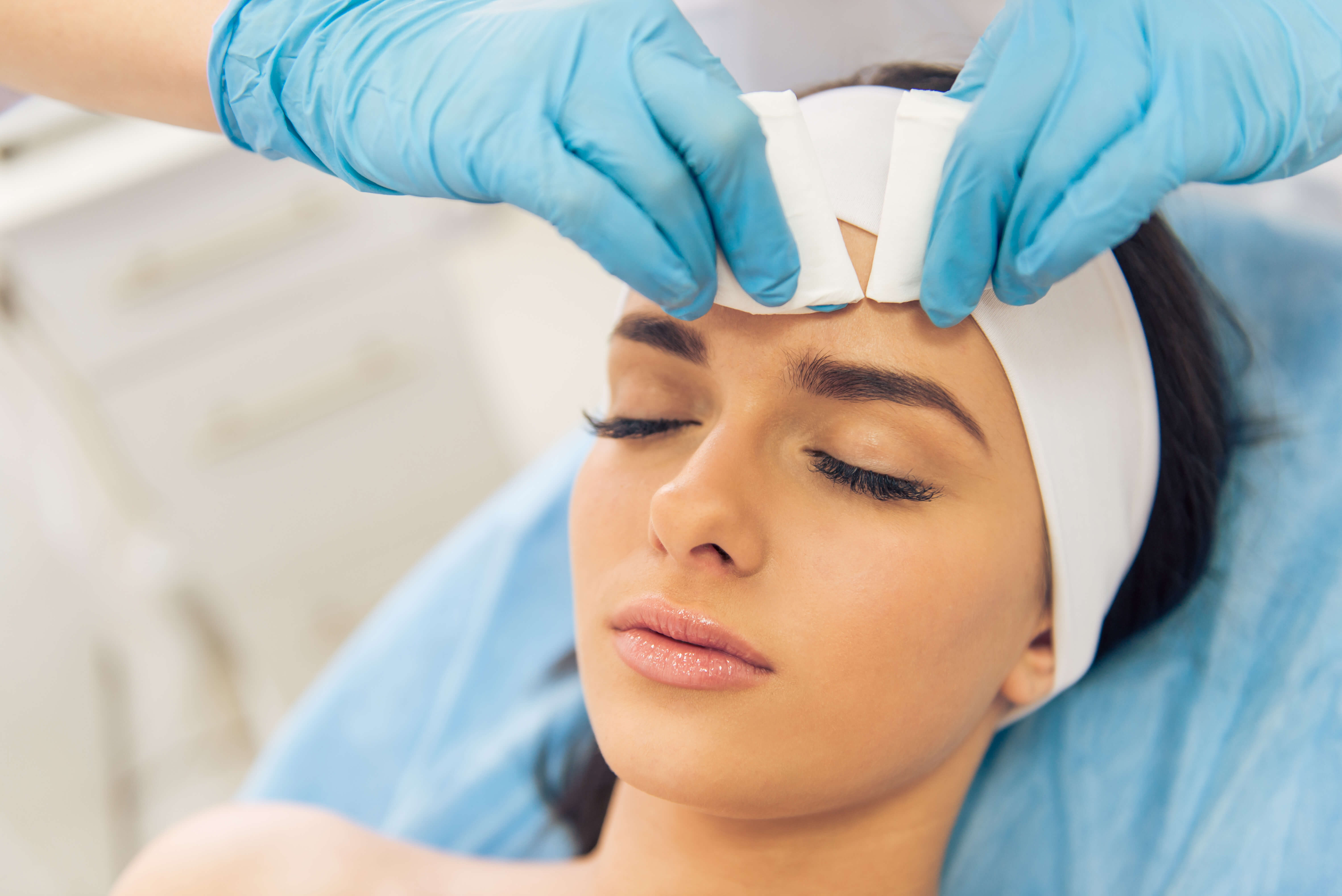
Dead skin cells and excess oil (sebum) production are the main cause of acne. They collect on the skin and clog the facial pores. The best way to remove blackheads and other pimples is to visit a beauty salon for a facial by a licensed esthetician. During the course of the facial treatment, the professional will extract the impurities.
Before the extraction process, the face is cleansed, exfoliated and steamed. The steam is used to soften the plugged pore to make it easier for the technician to extract it by exerting pressure to the area.
The forehead nose, cheek and chin are the most common areas of the face for comedones to develop. Comedones are the scientific term for blackheads and whiteheads. Blackheads are caused by excess oil and are most often found in the T-zone due to a higher amount of glands that secrete oil. Whiteheads are caused by bacteria buildup inflaming the pores.
During your facial, the esthetician will inspect your face for blackheads, whiteheads and other skin blemishes to determine if you need any extracted. Before the extraction, your face is cleansed thoroughly and exposed to steam and/or ultrasonic skin scrubber that helps loosen the plugged pores.
The extraction itself is done under a magnifying lamp so that the clogged pores are visible to the esthetician. You will be given protective eyewear to protect your eyes from the bright lamp. The contents of the pore are extracted with a combination of gentle pressure from the fingers or a special extraction implement. The process feels like a prolonged pinch. It’s more uncomfortable than painful.
If you have beauty training, you could possibly do the extraction at home. However, skincare experts recommend going to a professional because the oil level and buildup rate are different for each person. A skilled esthetician will know how to create a treatment plan for your individual acne situation.
Many people might think of facial extractions as extreme pimple popping and feel they can easily do it by themselves at home. Picking the whiteheads and blackheads can result in scarring or infection from the bacteria on your fingers. Extractions are best done every three to five weeks, depending on if your skin type is oily or dry.
How long do facial extractions take to heal?
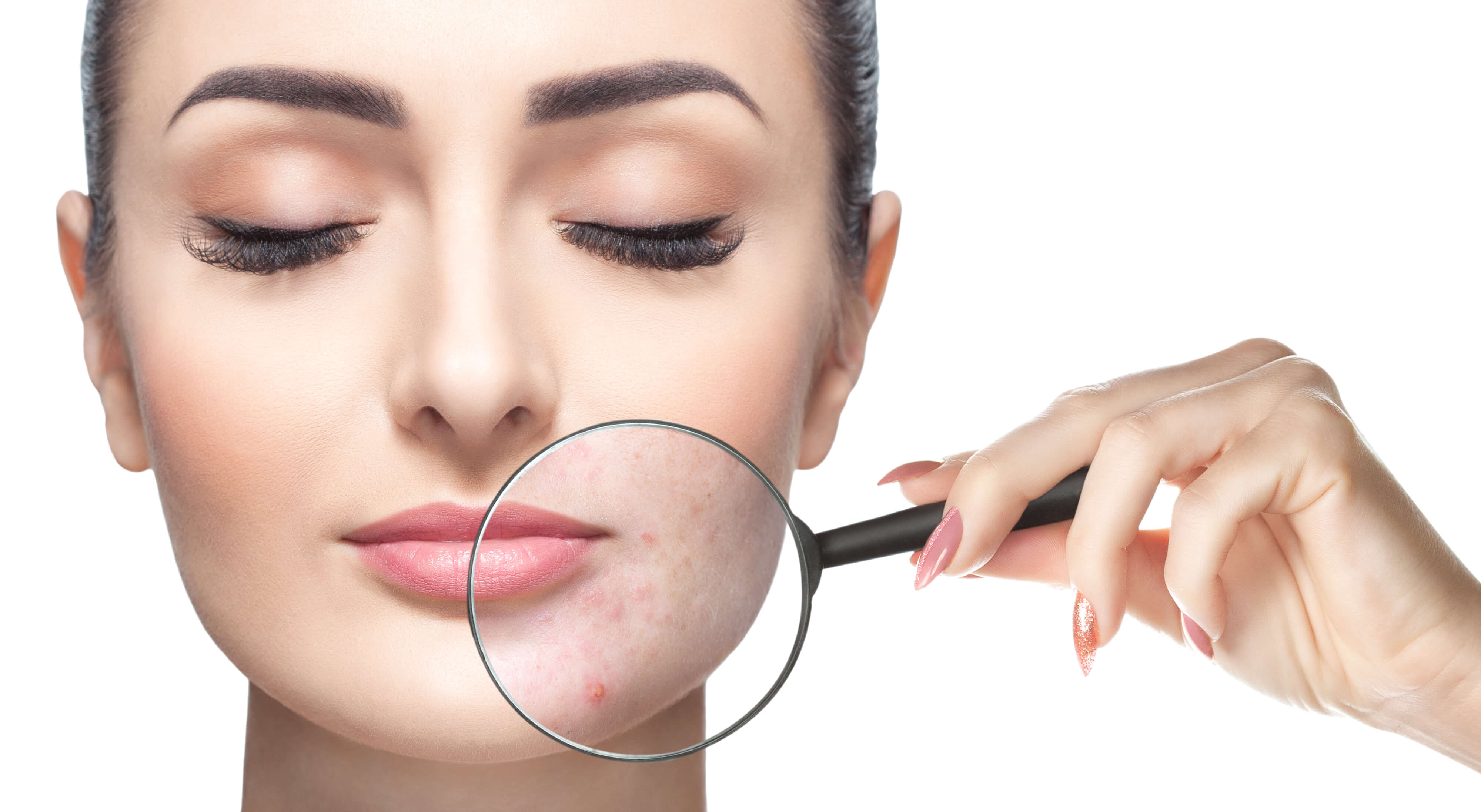
Facial extractions can be an uplifting confidence boost after the gunk in your pores has been removed. However, there are a few things you need to do to make sure the pore heals completely.
The site of the blemish can take between five to seven days to heal following a facial extraction. During that time, it’s best to avoid heat and excess sweating. Both can irritate the pore and cause redness, swelling or discomfort.
Most estheticians recommend going light on the makeup during the healing stage. You should continue to your daily skincare routine and exfoliate weekly. Exfoliating helps slough off the dead skin cells that clog pores in the first place. You can go easy on the moisturizer or replace it with a clarifying serum that contains salicylic acid to help keep pores clear.
Once the facial extraction is done, your pores should remain free from clogs for a few weeks before you need to schedule another facial.
Do face extractions hurt?
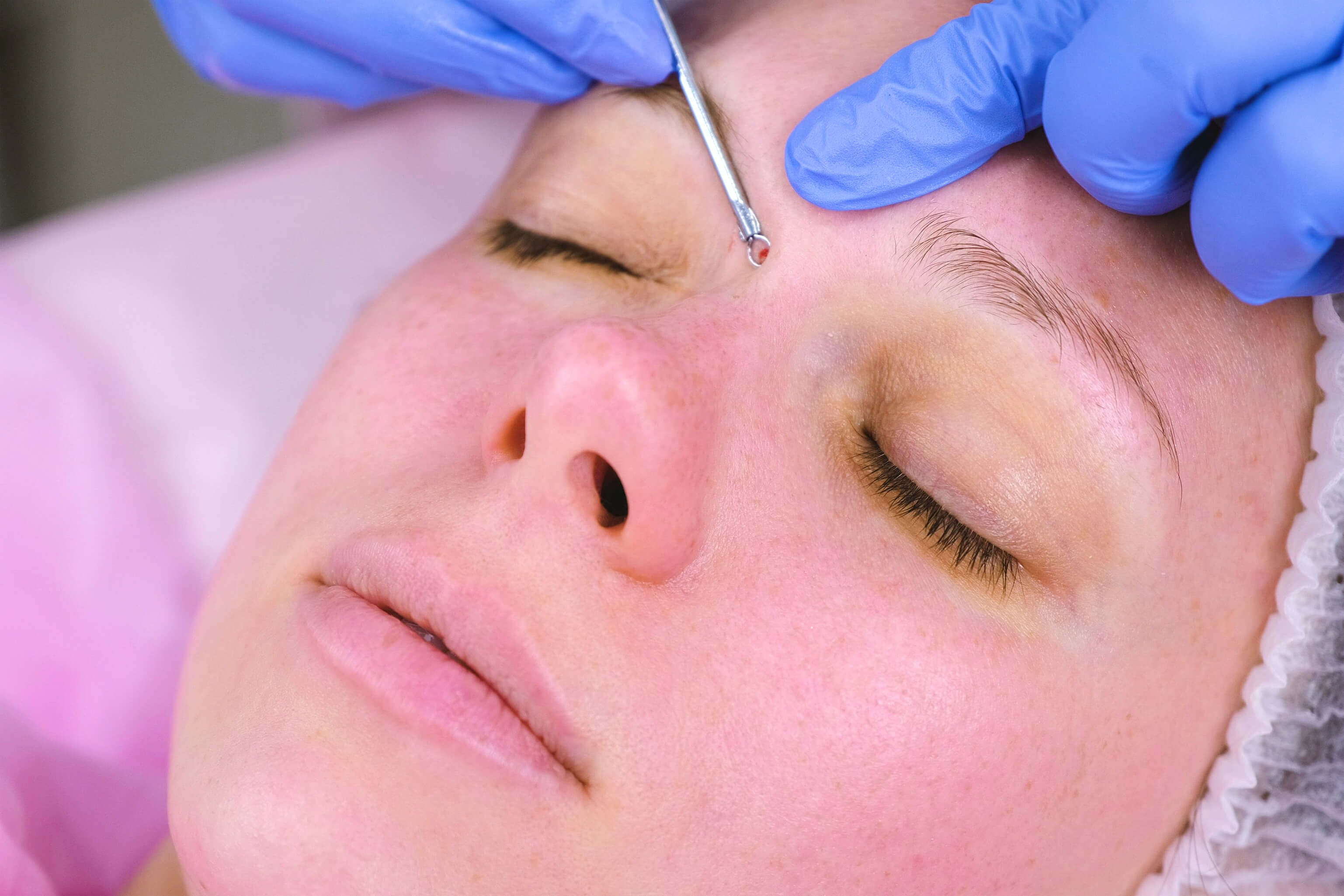
Facial extractions are quite simple. They don’t require any scary metal implements. There is a tool estheticians can use to remove stubborn blackheads, but most can be removed manually with the fingers.
Your skincare guru will use a combination of steam, scrubs and cleansers to prep your face for the extraction. The steam helps loosen the plug that is holding the excess oil and bacteria in the pore. Once the plug is loose, there is often an oozing of pus that comes out of the pore. If you have a weak stomach, this could be worse than any pain or discomfort you feel during the extraction.
Facials can be painful. It depends on your pain tolerance level and how severely your pores are plugged. If you find the pain level to be more than you can tolerate, speak to your esthetician and they will likely adapt to your comfort level.
The extraction process is just a small part of the facial experience. Once it’s over, your skin will be transformed and any pain will be forgotten. No pain, no gain, right?
Are extractions good for you face?
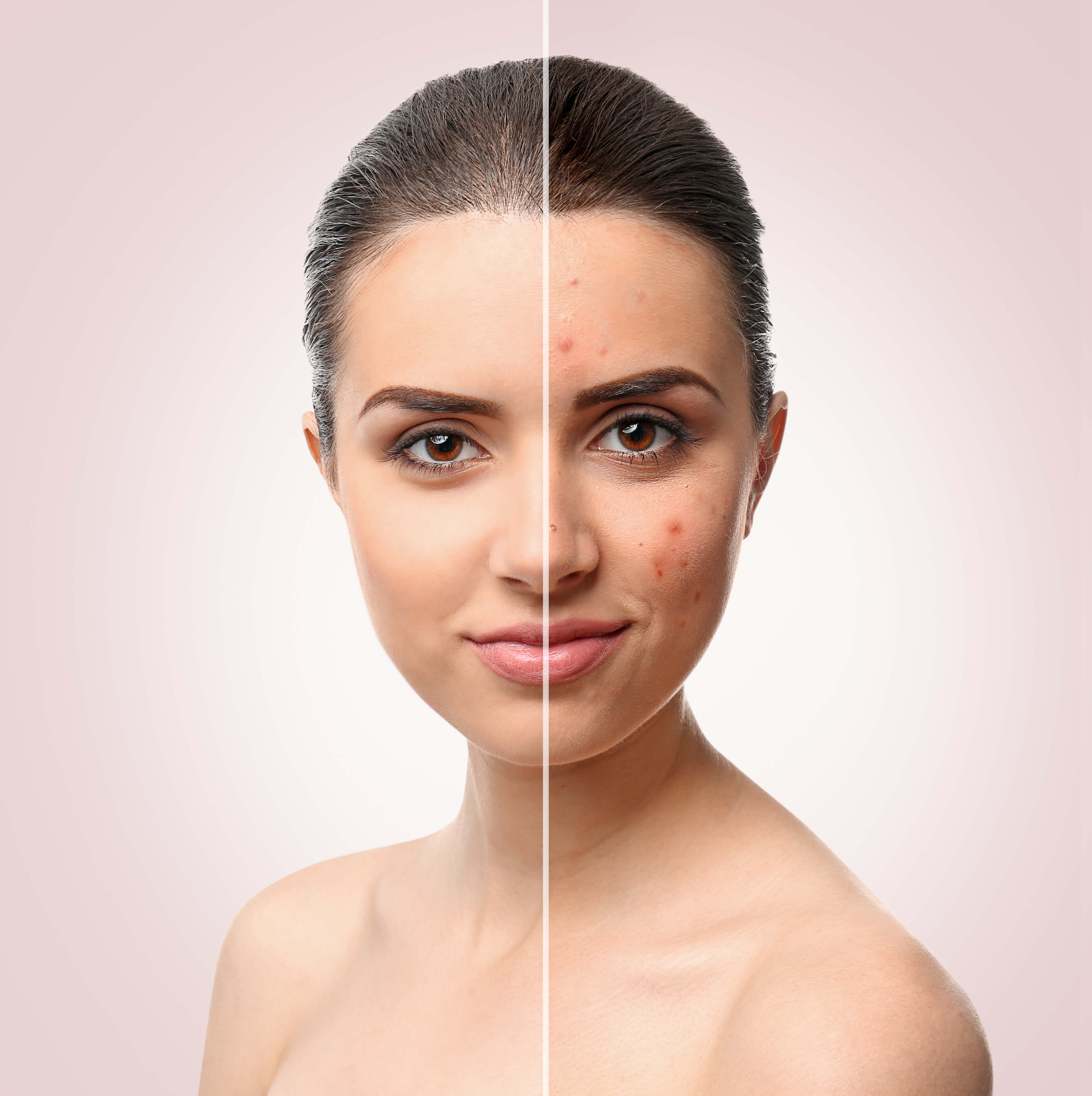
Facial extractions can help clear up acne-prone skin by removing whiteheads and blackheads that are prominent skin blemishes. Skin care experts are torn on whether extractions are good for your skin or not. However, facial extractions are one of the most popular treatments at salons.
It’s important to find a trained dermatologist to perform the extractions because there are specific methods that should be used to prevent scars, redness and inflammation. A skilled esthetician will know the proper tools to use and how much pressure to apply to remove the gross stuff from your pores.
Many experts believe acne can make the skin unhealthy by impeding the body’s natural oil production. The pores on the face and body are meant to secrete sebum (oil) to keep the skin moisturized. Clogged pores mean the oil builds up on the skin and that’s the breeding ground for whiteheads, blackheads and other blemishes.
On the other side of the fence, experts warn that extractions won’t reduce the size of your pores. They’re not wrong about that. Pores don’t shrink, but there are things you can do to make them APPEAR visibly smaller. They also believe there’s a possibility that the gunk you removed will come back eventually.
Does a facial extraction remove blackheads?
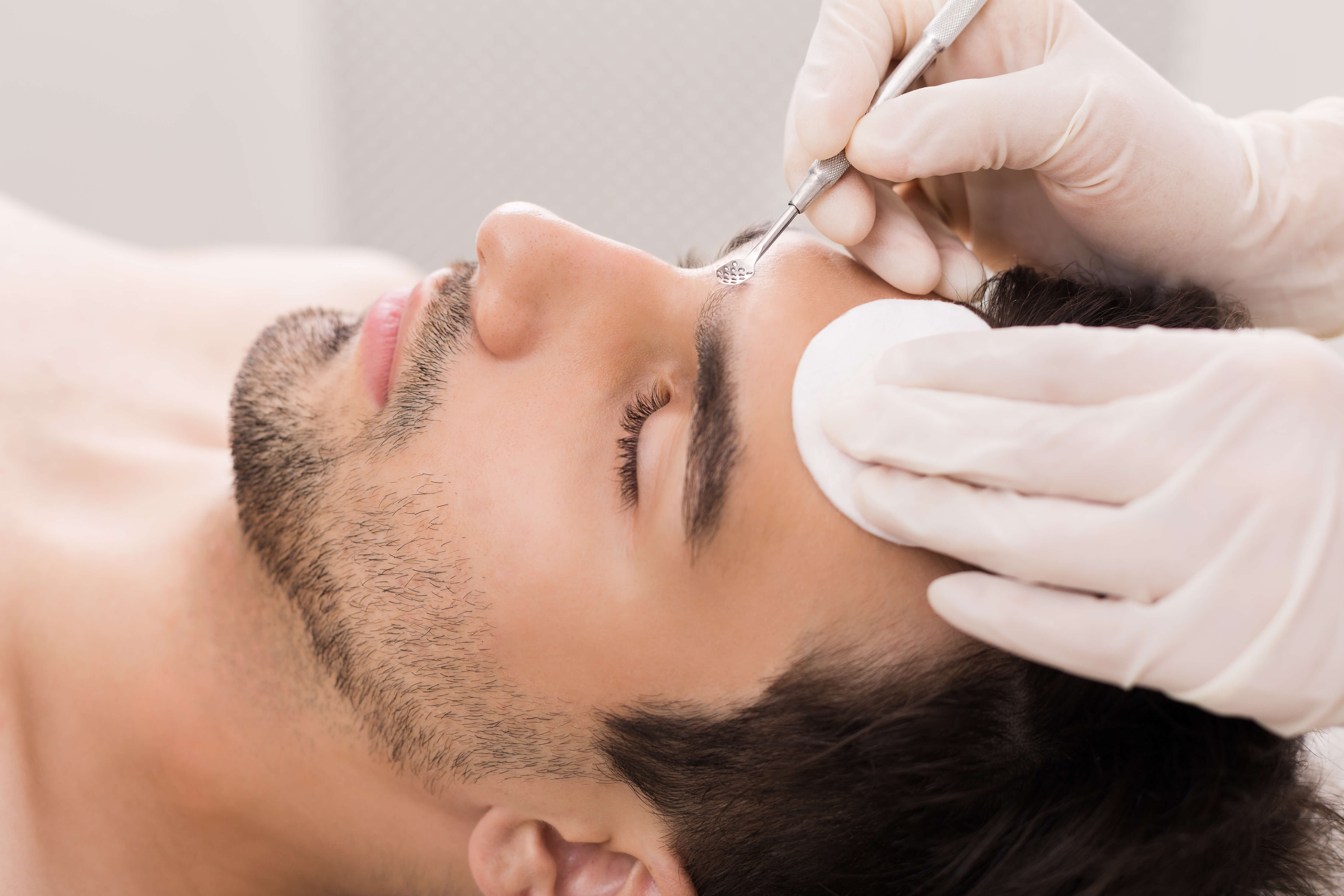
Blackheads are the most common type of extraction during a facial. There is a misconception that blackheads are caused by “dirt” – old makeup and environmental pollutants – that clogs the pores. In actuality, excess oil and dead skin cells clogging the pores is what causes blackheads.
Blackheads are found at the very top of the pores, on the surface of the skin. This makes them easy to remove using steam and manual pressure. Whiteheads are more difficult to remove. This is because of the layer of dead skin cells that have grown over the plugged pore. This closed pore sometimes needs to be cut open with a surgical blade to get to the clogged pore. Not all salons allow their estheticians to use the surgical blades. That is something you will need to inquire about if you’re concerned with the process.
Blackheads or whiteheads in an area of an infected breakout won’t be extracted. Doing so could make the infection even worse. These areas are usually at an early stage of a breakout, causing them to be red and tender. Your esthetician may cleanse and steam that area to help relieve the breakout.
Many facial extractions are booked for the sole purpose of removing blackheads.
How do you calm your face after a facial extraction?
Extractions done by a profession will only cause redness for a few hours, depending on how many extractions you’ve had. This is why it’s important to visit a reputable salon. Experience estheticians will only perform extractions for 20 minutes at a time to avoid irritating the skin.
It’s also important to limit your expectations after the extraction. Your skin won’t magically be zit-free. They are meant to reduce how long the blemish clogs your pores.
After the pore is cleaned, there are steps you can take during your skin care routine to help calm your face:
- Use an antibacterial soothing mask to ease redness and prevent post-facial breakouts. Choose a mask that is rich in anti-inflammatory and hydrating properties, such as glycerin.
- Avoid applying makeup for 24 hours after the facial extractions and then use light makeup. Build-up from makeup can cause pores to become inflamed. It’s also important to use a gentle cleanser when for the first few days after your facial.
- Continue your regular weekly exfoliating routine. Exfoliating your face removes dead skin cells and prevents them from clogging the pores. It also allows room for new skin cells to grow, which helps your skin look radiant and fresh.
- Look for products that say “non-comedogenic” on the package. These products are made with ingredients that won’t clog the pores. If your skin is oily, avoid products with coconut oils and minerals, as they can increase oil production and re-clog your pores.
Facial extractions sound much worse than they actually are. The benefit of clear pores and healthy skin is worth it.
References
https://www.thezoereport.com/beauty/skincare/extractions-in-facial-treatments
https://www.ascpskincare.com/updates/blog-posts/what-are-facial-extractions


 Cetaphil Cleanser
Cetaphil Cleanser  Beauty bars: The New Soapy Skincare Trend
Beauty bars: The New Soapy Skincare Trend  Cicapair Tiger Grass Cream
Cicapair Tiger Grass Cream  How to Remove Blackheads On Nose
How to Remove Blackheads On Nose 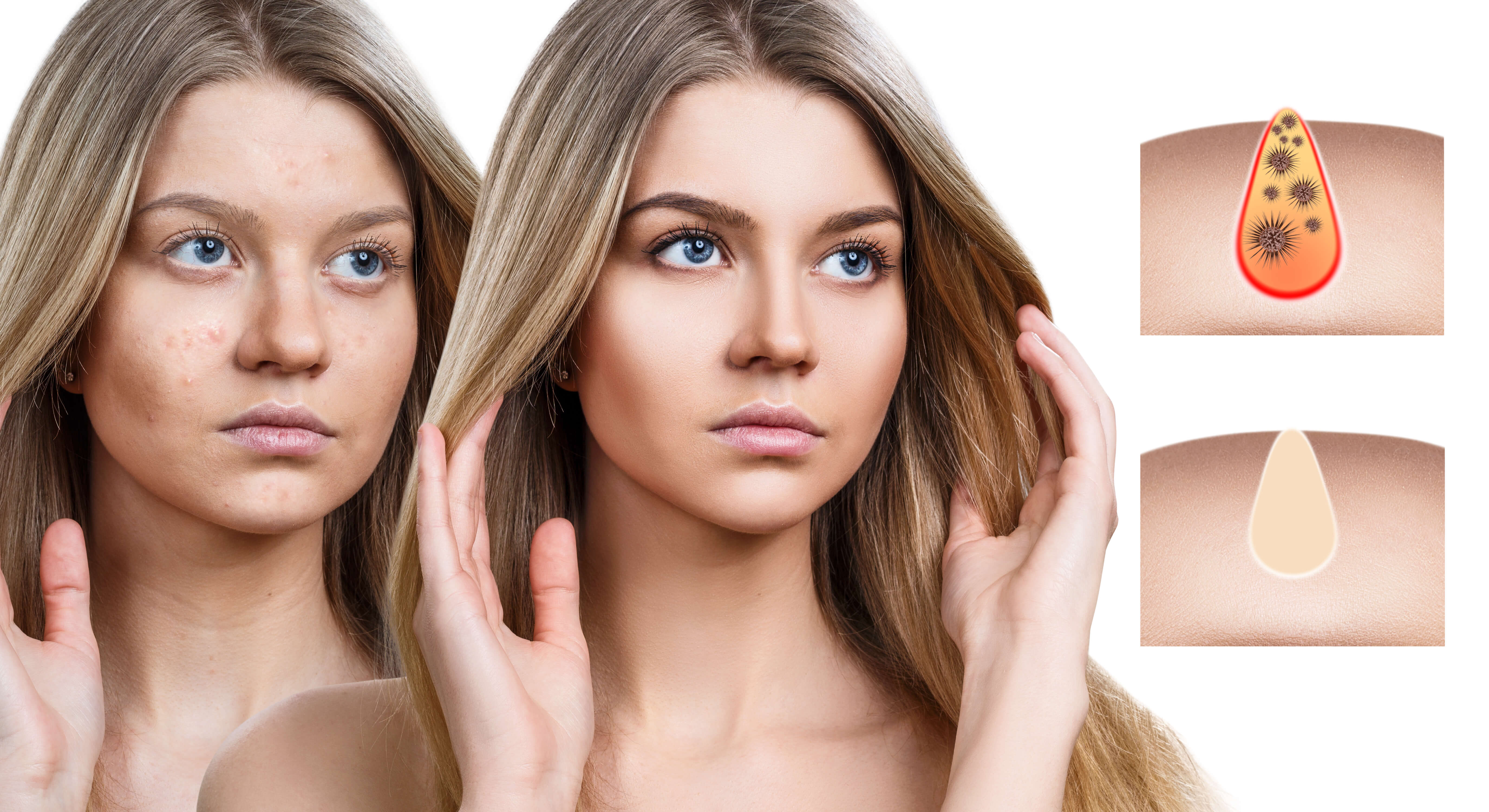 Home Remedies for Skin Pores
Home Remedies for Skin Pores 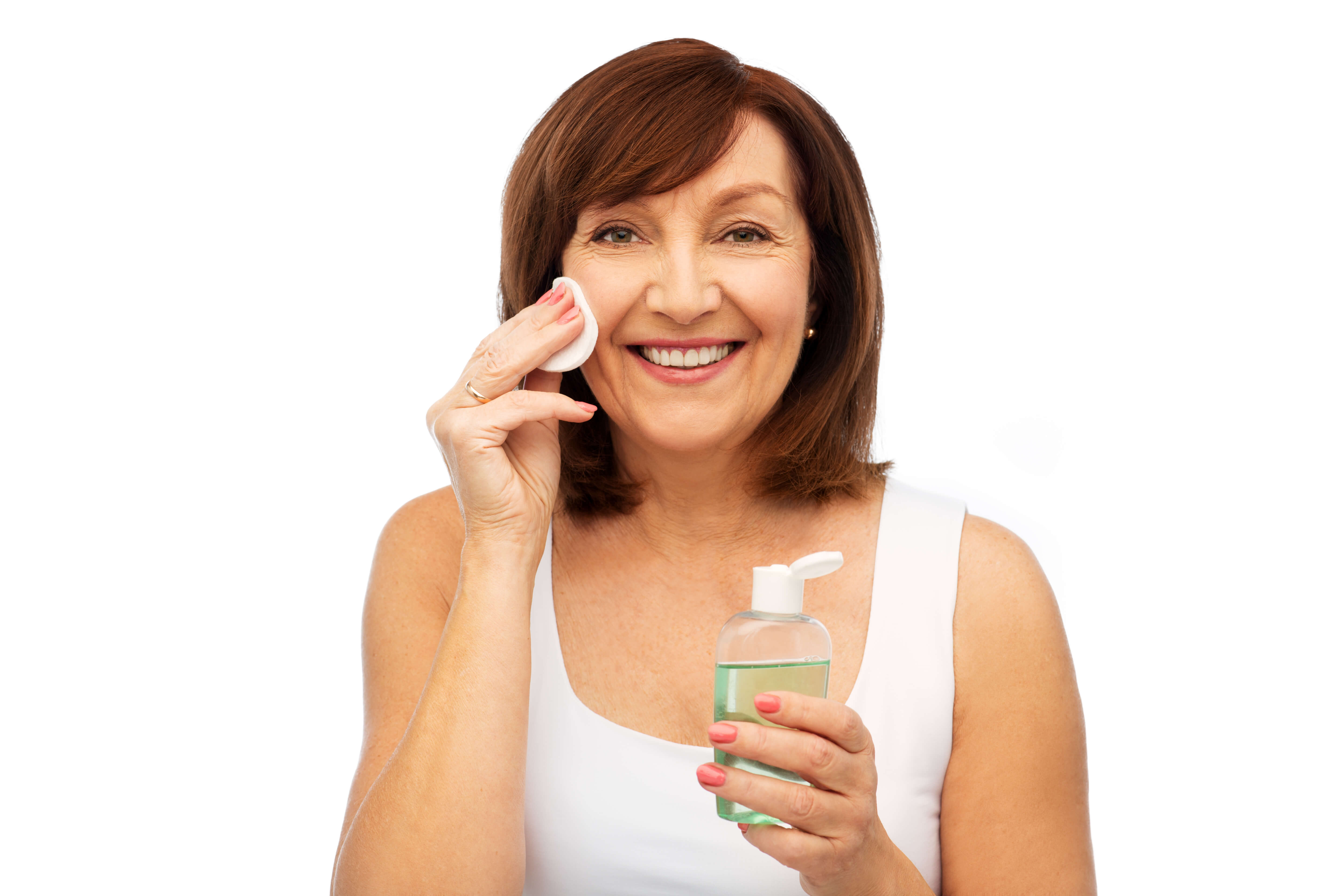 DIY Face Toners
DIY Face Toners